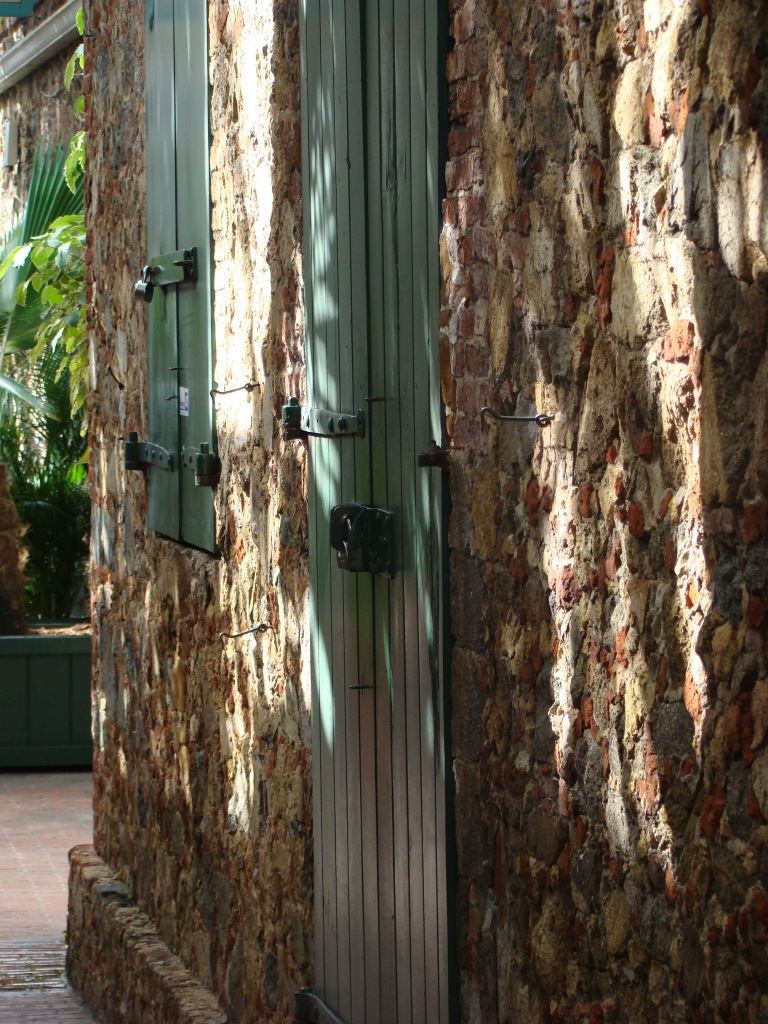Imagine this: It’s England, the year, 1635. You’ve angered some notable Protestants along with the king’s men.You need to leave because you’re Catholic, and now they’re searching for you. A friend whispers in your ear for you to hurry down to Drury Lane and to talk to a man name Peasley.
You waste no time in doing so, and once at Peasley’s shop, he hands you a small booklet and says the second Lord Baltimore will have someone contact you with the name of a port, a ship, and a date.
In the meantime, you dampen your impatience by reading the booklet. Inside its pages you learn about the land, the weather, the best crops to grow, the indigenous people, and among other information a map, with a long list of necessary items one must take to survive.
Father Andrew White, a prolific writer, wrote A Brief Relation of the Voyage into Maryland, which chronicled the harrowing journey across the ocean when Englishmen first landed to settle pre-colonial Maryland. His document focused on the soil, the climate, and the general nature of the country in 1634. Cecil Calvert, the second Lord Baltimore, became so enthralled with this accounting, he saw its value as a promotional pamphlet for populating his new territorial grant. Of course it would need some tweaking, like removing accounts of the terrifying sail across the ocean. In 1634, he published A Relation of the Successful beginnings of the Lord Baltimore’s Plantation. In 1635 a revised version, with maps and list of necessary items for settlers became the new promotional item with the name A Relation of Maryland.
Father Andrew White did not write this version, but according to Peasley, the gentleman who dispensed this pamphlet for the second Lord Baltimore, the authors were Jerome Hawley and John Lewger. I have no doubt that Jerome Hawley took part in this endeavor, but Lewger could only have taken the role of editor as he had never traveled to Maryland prior to 1637. I’m more inclined to believe Captain Thomas Cornwallis had a hand in helping Jerome Hawley.
Krugler, in English & Cathloic: The Lords Baltimore in the Seventeenth Century, says Peasley names Hawley and Lewger as the authors. Peasley, as a close associate of Cecil Calvert and being in touch with the gossip surrounding the Royals, would know both of these men well. Hawley was once the superintendent of the queen’s banquets after some nasty business in 1615 where he had some connection with the Countess of Somerset with some sort of dealing concerning the poisoning of Sir Thomas Overbury. Peasley would be well acquainted with John Lewger because Lewger and Cecil were fast friends.
Think about how verbal information gets passed along. When asked a question, people usually reach for the easiest memory available. They may have to embellish what they don’t remember for it to make sense, or they might even lie if they haven’t a clue and don’t want to be thought stupid. Hawley and Lewger’s names would come quickly to Peasley’s tongue when asked who wrote this pamphlet. He probably was not acquainted with Thomas Cornwallis.
Thomas Cornwallis and Jerome Hawley were the right hand men of Leonard Calvert, brother of Cecil Calvert and the governor of Maryland. The three of them sailed together on the Ark and formed the governing body of Maryland with Leonard the governor and the other two his closest council. These two men worked side by side to thwart Indian raids, help create the initial laws of the land, and assisted the governor in quelling disputes between Protestants and Catholics. No one knew Maryland as well as these two men. When Cornwallis had to sail to England to settle a personal conflict, Hawley, as his defense and closest friend, accompanied him.
So in 1635, both of these good friends and settlers of Maryland were in England for the next two years, according to Bernard Steiner, Beginnings of Maryland. If Hawley helped revise and author A Relation of Maryland, it seems inconceivable to think Cornwallis didn’t lend his quill and thoughts to this document also. I’m sure Lewger, with all his schooling, made the perfect editor.
Strong assumptions, difficult as they are to ignore, can’t be used as factual unless there’s some compelling source. However, once something is sourced, and the source seems reliable, then it is perpetually cited as truth by others. Researching for the truth can make one a bit crazy.
Have you ever fallen into a gnarly research pit?
~~~
Krugler, John D. English & Catholic: The Lords Baltimore in the Seventeenth Century. Baltimore: The Johns Hopkins University Press, 2004.
Steiner, Bernard Christian. Beginning of Maryland, 1631-1639. Baltimore: The Johns Hopkins Press, August-September-October, 1903.

